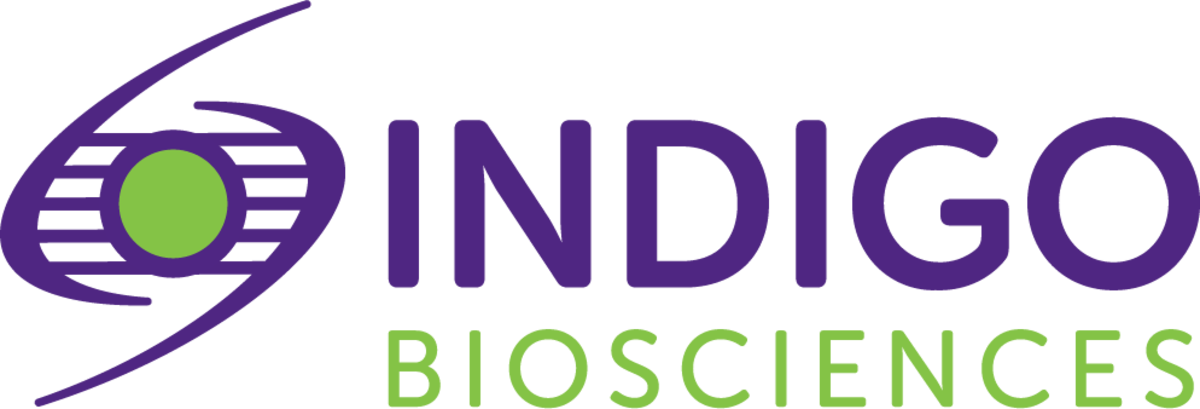One crucial tool in navigating the ever-changing landscape of drug discovery is the reporter gene assay—a specialized form of cell-based assay that takes drug discovery investigation to the genetic level. This technique allows scientists to delve deep into the molecular interactions and genetic responses triggered by potential drugs, offering insights that can make or break the development process. By providing a clear window into how drugs influence gene expression, reporter gene assays are essential for developing more effective therapeutics.
Applications of cell-based reporter assays in drug discovery
Target identification and validation: By linking a reporter gene to a specific cellular pathway or target, researchers can identify compounds that modulate the activity of that pathway, providing insights into the mechanisms of action. These assays help confirm that a potential drug target is involved in the disease process by showing that modulating the target affects the reporter gene expression.
Hits-to-lead screening: Reporter gene assays can be miniaturized and automated, making them ideal for screening large libraries of compounds to identify those that have the desired biological effect. The luminescent or fluorescent signals generated provide quantitative data, allowing for the ranking of compounds based on their potency and efficacy.
Lead optimization: Researchers can use reporter gene assays to test variations of lead compounds to determine which modifications enhance or reduce activity, aiding in the optimization of drug candidates. By using different reporter assays for various pathways or targets, scientists can assess the selectivity of a compound, ensuring it affects only the intended target without off-target effects.
Mechanistic studies: Reporter gene assays enable detailed studies of how a compound affects cellular signaling pathways, helping to elucidate the mechanism of action. They can be used to assess the functional consequences of target modulation, such as changes in gene expression, protein interaction, or cellular responses. Species differences can be examined by using sequences specific for the laboratory animal model and human counterparts.
Toxicity testing: Cell-based reporter assays can identify compounds that activate or inhibit pathways linked to toxicity, providing early warnings about potential adverse effects. Using human cell lines, these assays can predict how a drug might behave in the human body, offering insights into its safety profile.
Pharmacodynamics and pharmacokinetics: Reporter gene assays allow for precise measurement of the biological response to different concentrations of a drug, helping to determine the optimal dose.
In summary, cell-based reporter gene assays are a powerful tool in drug discovery, providing data at various stages of the research process. They help streamline the identification and optimization of drug candidates, assess their safety and efficacy, and deepen our understanding of their mechanisms of action.
Types of cell-based reporter assays
Cell-based reporter assays come in a variety of forms, each tailored to provide specific insights into cellular processes. The most common types are luciferase, fluorescent protein, and beta-galactosidase assays. Luciferase assays use enzymes that luminesce, making them incredibly sensitive and ideal for detecting even subtle changes in gene expression. Fluorescent protein assays, like those using GFP (Green Fluorescent Protein), offer a direct visual readout of cellular activity under a microscope or via a fluorescence detector. Lastly, beta-galactosidase assays rely on an enzyme that cleaves a colorimetric or fluorescent substrate, providing a versatile option for various applications.
Quantifying these assays typically involves measuring the intensity of the signal they produce. For luciferase assays, a luminometer measures light output, giving precise and quantifiable results. Fluorescent assays are quantified using a fluorescence microscope or plate reader, allowing for real-time monitoring of dynamic processes. Beta-galactosidase activity is often assessed by measuring the absorbance or fluorescence of the cleaved substrate, which correlates with the level of gene expression. Each type of assay offers unique characteristics, and the choice depends on the specific requirements of the experiment, such as sensitivity, ease of use, and the nature of the cellular process being studied.
Cell sources and types
In cell-based assays, choosing the right cell type is crucial and can significantly impact your research outcomes. Primary cells, which are directly isolated from living tissues, closely mimic in vivo conditions but are challenging to culture and have a limited lifespan. Immortalized cell lines, HEK293 cells, proliferate indefinitely, making them ideal for high-throughput screening. Stem cells, especially induced pluripotent stem cells (iPSCs), can differentiate into various cell types, offering versatility for studying development and disease modeling. Cancer cell lines, such as MCF-7 and A549, are essential for oncology research, while neuronal cells like SH-SY5Y help us understand neurological diseases and potential neurotherapeutics. Hepatocytes, whether primary or hepatoma cell lines like HepG2, are key for studying drug metabolism and liver diseases. Cardiomyocytes are vital for cardiovascular research, and fibroblasts are used in studies related to skin biology and tissue repair. Each cell type presents unique advantages and challenges, so aligning your choice with your experimental goals is essential for meaningful results.
INDIGO’s cell-based reporter gene assays
INDIGO Biosciences develops receptor-specific cell-based reporter gene assays which utilize the bioluminescent enzyme firefly luciferase as the reporter gene. INDIGO’s reporter cell systems are engineered to provide optimal assay sensitivity and dynamic range when quantifying receptor activity. The assays incorporate a detection reagent specially formulated to provide stable light emission for 90+ minutes after initiating the luciferase reaction, thus allowing assay plates to be processed in batch. By doing so, the signal output from all sample wells, from one plate to the next, may be directly compared within an experimental set.
If your aim is to perform cell-based target validation, pathway analysis, test compound/drug screening, INDIGO’s portfolio of optimized, all-inclusive firefly luciferase reporter assay kits and assay services can help. For more information, please contact us.
Supplier

INDIGO Biosciences
Indigo Biosciences offer products and services focused on nuclear receptors. Learn more about INDIGO’s portfolio of assay kits and services.
More about INDIGO Biosciences Shop for INDIGO Biosciences products
This article was originally published by our supplier INDIGO Bioscience.
